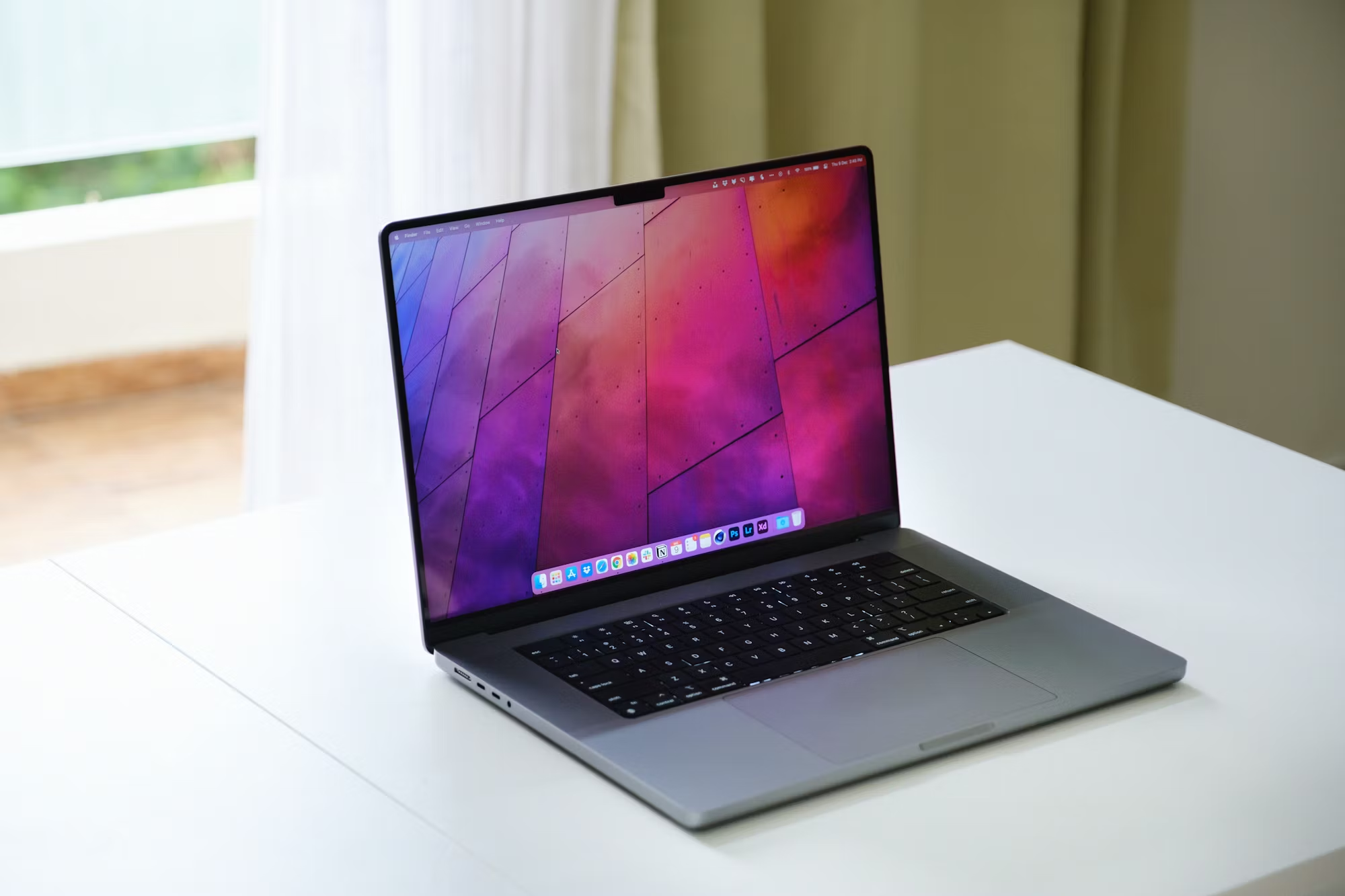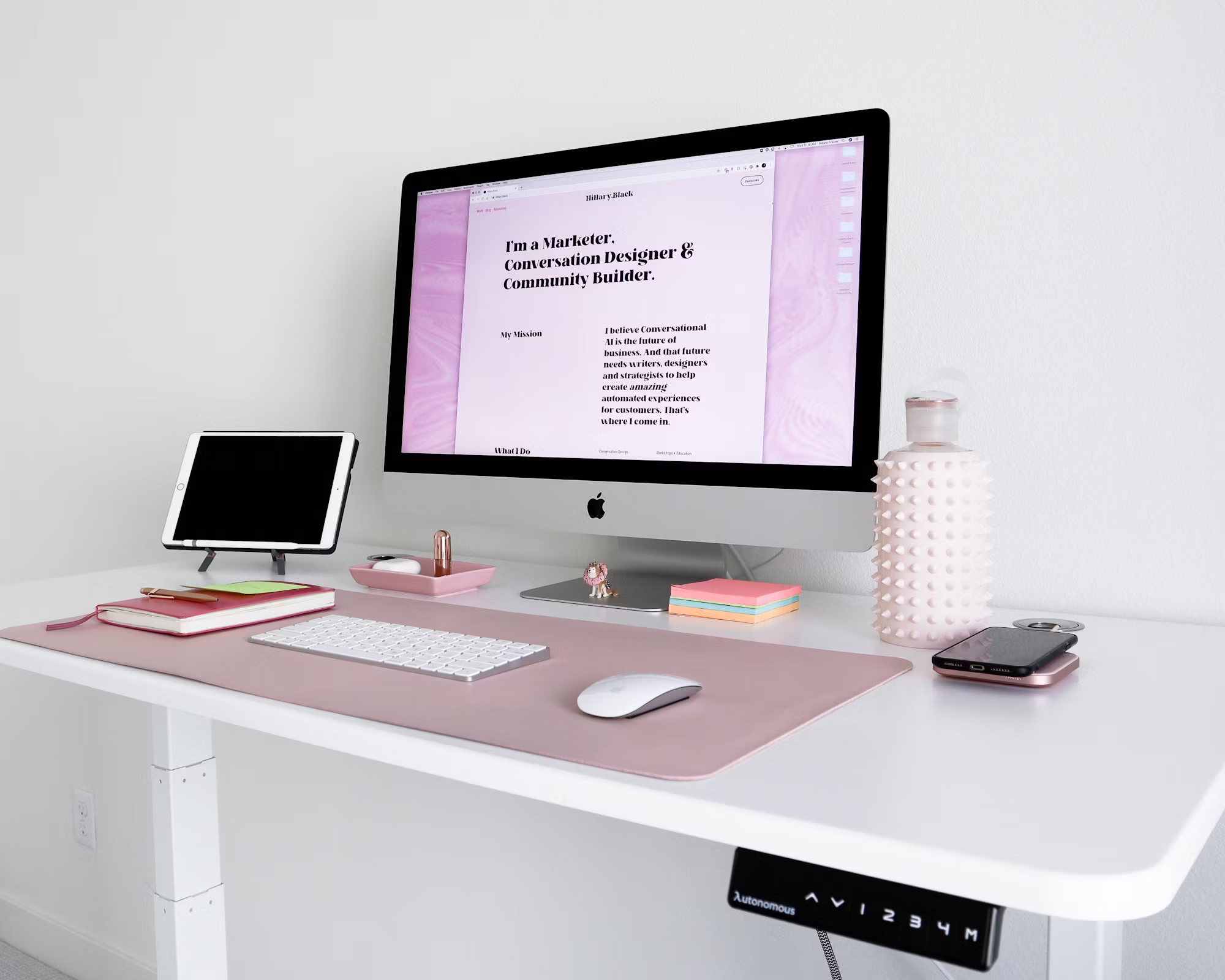The modern classroom is undergoing a significant transformation, and the humble desk is at the heart of this change. As educational practices evolve to meet the needs of today’s students, desk designs are being reimagined to accommodate technology, encourage collaboration, and support new forms of learning. The traditional single-desk, static setup is giving way to more dynamic, adaptable, and interactive furniture, designed to support students in a variety of learning environments. This article explores how desk designs in modern classrooms are evolving to reflect the needs of contemporary education.
From Static to Dynamic: The Shift in Desk Design
For decades, classrooms were filled with rows of identical desks facing the front of the room, with students sitting in one place for the duration of the lesson. This design was functional, but it didn’t offer much in terms of flexibility or adaptability. In recent years, however, educational theorists and designers have recognized the importance of creating environments that support multiple learning styles and foster interaction. This has led to a shift in how desks are designed and arranged.
In modern classrooms, desks are increasingly modular, meaning they can be rearranged and adapted to suit different activities, from individual work to group projects. Desks that can be moved and reconfigured encourage collaboration, promote interaction, and help create a dynamic learning environment. By moving away from rigid, traditional seating arrangements, modern desks allow teachers and students to set up the classroom in ways that maximize engagement and creativity.
For example, some classrooms feature circular or semicircular desk layouts that encourage face-to-face communication and group discussions. Other designs incorporate movable desks that can be grouped together for team-based activities, or pushed apart to allow for individual work. This flexibility not only supports diverse teaching methods but also reflects the growing emphasis on student-centered learning.
Technology Integration: Desks as Digital Hubs
One of the most significant changes in modern desk design is the integration of technology. In today’s classrooms, digital tools such as laptops, tablets, and interactive whiteboards are essential components of the learning experience. As a result, desks have evolved to accommodate these tools in ways that were previously unimagined.
Many modern desks now include built-in features such as power outlets, USB charging ports, and cable management systems, allowing students to easily plug in their devices and keep them charged throughout the day. This convenience minimizes the distractions caused by low battery life and ensures that students have access to the technology they need at all times.
In addition to basic power integration, some desks are designed to integrate with the digital curriculum. For instance, some desks have interactive touchscreens or built-in digital displays that enable students to access course materials directly from their desk. These desks are particularly useful in classrooms where technology plays a central role in teaching and learning, allowing students to interact with the material in real-time and access information on demand.
Desks with integrated technology also support collaboration in new ways. For example, desks equipped with screens or digital interfaces allow students to share their work with peers instantly, streamlining the process of group work and fostering a more collaborative learning experience. This shift is not just about adding technology to classrooms, but about using technology to enhance and support the way students interact with each other and with the content they are learning.
Ergonomics and Comfort: Creating Healthy Learning Spaces
Another key aspect of modern desk design is ergonomics. As research into student well-being has increased, educators and designers have recognized the importance of creating a comfortable, health-conscious environment for learning. Traditional desks, with their rigid seats and static surfaces, often contributed to poor posture, back pain, and discomfort, which in turn affected students’ ability to focus and engage with the material.
Modern desks are designed with ergonomics in mind, ensuring that students can sit comfortably for extended periods. Adjustable desks and chairs allow students to customize their seating position for optimal comfort, promoting good posture and reducing physical strain. This is especially important as students spend more time sitting at their desks, whether for individual tasks or group activities.
Some desks are now designed to allow students to alternate between sitting and standing, which can reduce fatigue and improve focus. This is especially important in light of research suggesting that prolonged sitting can lead to negative health effects. Standing desks are increasingly popular in classrooms where students have the option to choose how they engage with their work, providing an alternative to the traditional seated desk.
Ergonomics also extends beyond just the physical structure of the desk. The layout of the classroom and the organization of space can affect students’ comfort and well-being. For example, classrooms with enough space between desks allow students to move freely and interact with each other without feeling cramped. Desks with built-in storage also help to keep the workspace organized and free of clutter, reducing distractions and promoting a calm, focused atmosphere.
Collaborative Learning: Desks That Foster Interaction
Collaboration is at the core of modern educational practices, and desks are increasingly being designed to facilitate teamwork and group learning. Traditional desk setups, with individual desks arranged in rows, were not ideal for group work. Modern desk designs are changing that, offering students the flexibility to engage in dynamic, interactive learning experiences.
Collaborative desks are often designed with the ability to be moved and reconfigured into clusters, circles, or other formations that encourage interaction. Desks with rounded corners or those designed to fit together seamlessly make it easier for students to work together in small groups. This flexibility is essential in classrooms that emphasize cooperative learning, allowing students to come together for projects, discussions, and brainstorming sessions.
In addition to physical arrangements, many modern desks are equipped with technology that supports collaborative work. For instance, desks with integrated screens or touchpads allow students to share digital content with one another, making it easy to collaborate on presentations or research projects. This technology-enhanced collaboration fosters communication, creativity, and problem-solving skills, all of which are essential in preparing students for the modern workforce.
Desks for All: Inclusive and Accessible Designs
Modern desk designs are also increasingly focused on inclusivity and accessibility. As educators work to create more equitable learning environments, it’s essential that desks accommodate the needs of all students, including those with physical disabilities or other learning challenges.
Inclusive desk designs include features such as adjustable heights, wheelchair-accessible desks, and designs that allow students with different needs to work comfortably and independently. For example, some desks are designed with wider surfaces or space for mobility devices, ensuring that all students can participate fully in classroom activities.
Additionally, desks that promote accessibility often include features like clear lines of sight, adjustable lighting, or even specialized technology that helps students with visual or auditory impairments engage with the material. These designs ensure that every student, regardless of their physical or learning needs, can participate in the educational experience.
Sustainability in Desk Design
As environmental concerns become increasingly important in every aspect of society, sustainable desk design is gaining traction in modern classrooms. Educators and manufacturers are increasingly focused on creating desks that are made from eco-friendly materials, such as recycled wood, bamboo, or sustainable plastics.
Sustainable desk designs not only help reduce the environmental footprint of educational institutions but also promote awareness about sustainability among students. By using renewable resources and eco-conscious materials, schools can teach students about the importance of environmental responsibility while providing them with functional, long-lasting furniture.
Conclusion: The Future of Desks in Education
The modern classroom desk is no longer just a static, utilitarian piece of furniture; it has become a dynamic, multifunctional tool that plays a crucial role in shaping the learning environment. From flexible, ergonomic designs that promote comfort to integrated technology that supports collaboration and individual learning, modern desks are revolutionizing the way we think about classroom spaces.
As educational practices continue to evolve, desk designs will continue to adapt, reflecting the changing needs of students, teachers, and institutions. The future of desk design will likely include even more innovative features, such as enhanced connectivity, greater flexibility, and a continued emphasis on inclusivity and sustainability. Ultimately, the desk of tomorrow will be a reflection of the values and priorities of modern education, helping to create an environment where all students can succeed.
By rethinking desk design, we are not just improving furniture—we are improving education itself, ensuring that classrooms are equipped with the tools and spaces that students need to thrive in the 21st century.





